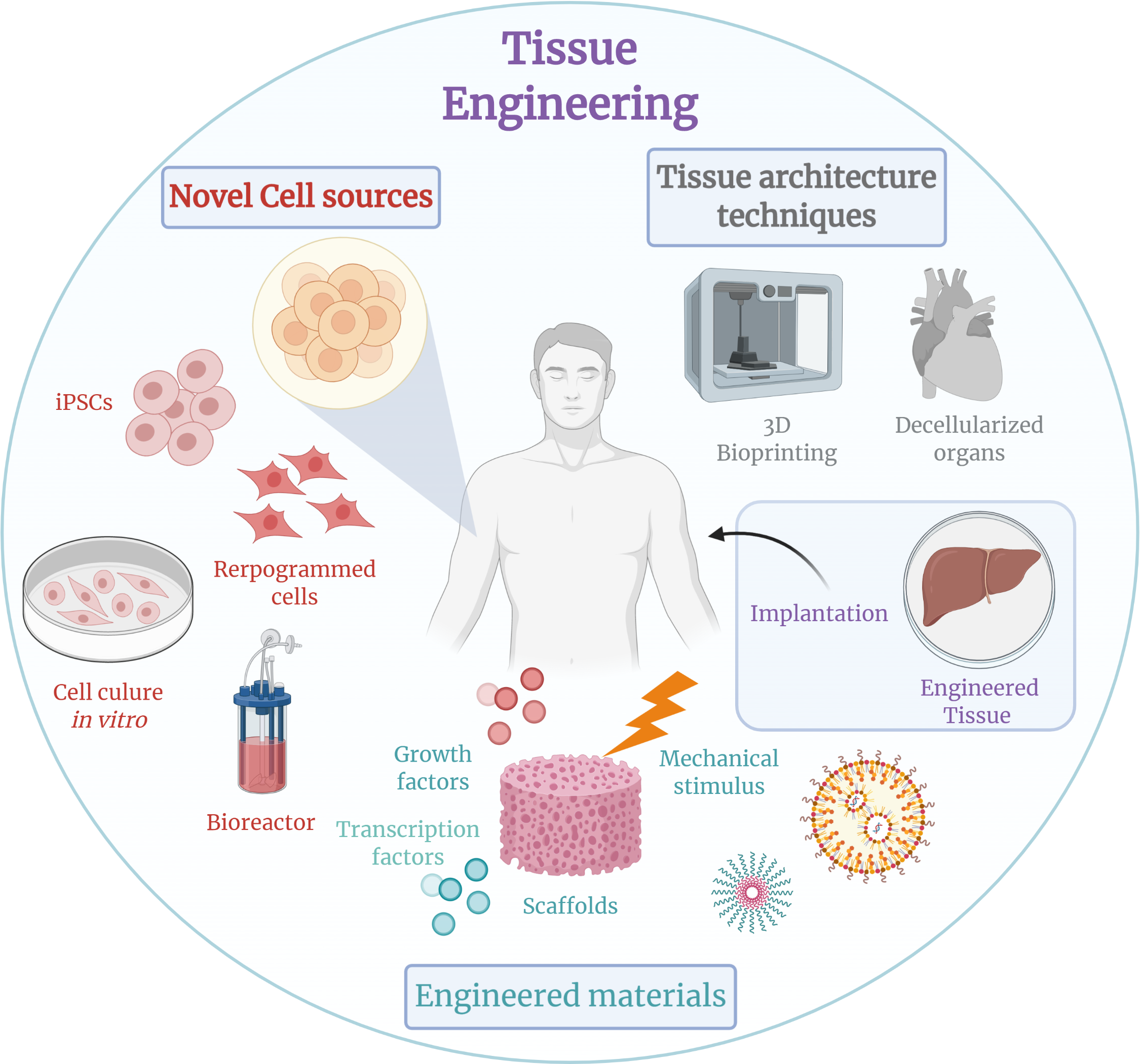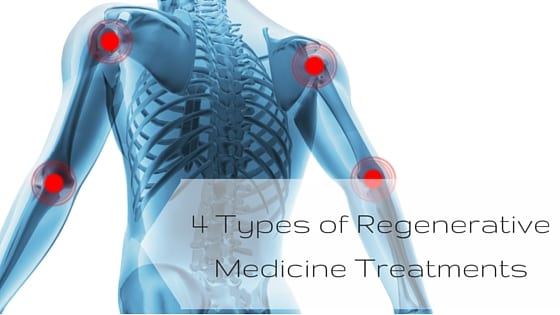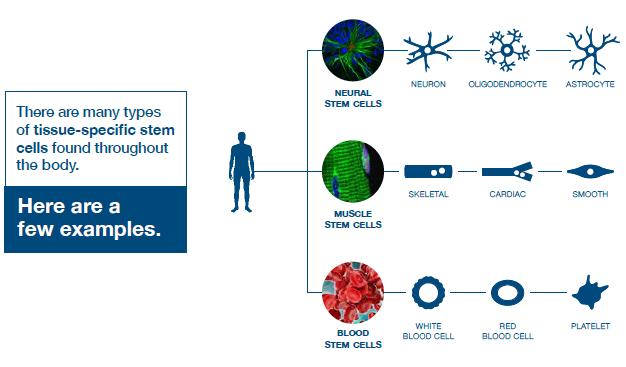Table of Contents

[/image][=video]
[/video]
By taking advantage of the regenerative capacity of stem cells or other regenerative cells, clinicians can promote the development of brand-new skin tissue, enhance blood vessel growth, and boost the regeneration of harmed muscle mass or bone cells. This has significant effects for the treatment of chronic injuries, burns, and terrible injuries, possibly minimizing healing time and improving individual outcomes. Nonetheless, cell regrowth therapy provides an unique technique to take care of and potentially reverse the development of these problems.
By targeting the underlying reasons for degeneration, such as cartilage material deterioration or intervertebral disc deterioration, regenerative treatments aim to recover the stability and feature of affected tissues, reducing discomfort and boosting wheelchair.
While considerable progress has actually been made in creating alternative sources of stem cells, such as induced pluripotent stem cells, moral issues still border the area. Stabilizing the potential benefits of cell regeneration therapy with moral considerations and making sure responsible study methods remain to position obstacles for researchers and policymakers. Regardless of significant development, there are still technical limitations to conquer in cell regeneration therapy.
Attending to these technical restrictions is critical to progressing the area and enabling more people to benefit from cell regrowth therapy. Regulatory pathways and approval processes for cell regeneration treatment present considerable challenges.
Stem Cell Therapy

The prospective applications of cell regrowth treatment are substantial and diverse. In the future, we may see regenerative treatments coming to be typical treatments for a large variety of problems, including neurological disorders, cardiovascular conditions, and bone and joint injuries. Study into cells and organ regrowth might bring about the development of practical replacements for damaged body organs, reducing the need for hair transplant.
The prevalent adoption of cell regeneration therapy can have an extensive influence on medical care systems worldwide. By providing even more efficient and targeted treatments, cell regeneration treatment has the potential to reduce healthcare prices connected with persistent problems and long-lasting care. Shorter recuperation times, boosted outcomes, and fewer problems might cause substantial enhancements in patient lifestyle.
Researchers have actually long attempted to understand the body's healing processes and utilize them in the therapy of injury and degeneration. Component of the body's adaptive actions to injury comes from mobile parts and factorssuch as platelets and specific sorts of cellsand materials made by or included within them. The effects exerted by these mobile variables help in tissue remediation and regeneration in a healthy and balanced body.
Aid produce a setting conducive to cells healing, through regulating swelling and stimulating local cells and bioactive proteins. The goal of biologic therapy is to boost the healing and neighborhood setting of damaged tissues be it muscular tissues, tendons, ligaments, cartilage, joints, fascial, or nerves. It is likewise currently being made use of to resolve the pain and swelling that go along with degenerative conditions, such as arthritis.
While significant development has been made in establishing alternate resources of stem cells, such as induced pluripotent stem cells, ethical concerns still surround the area. Stabilizing the potential benefits of cell regeneration therapy with moral factors to consider and guaranteeing accountable research study practices remain to pose obstacles for researchers and policymakers. Despite significant progress, there are still technical limitations to get rid of in cell regeneration therapy.
Perimenopause Treatment
The specific control and adjustment of cell habits and differentiation are also locations that call for further refinement. Addressing these technological restrictions is critical to progressing the field and allowing more people to take advantage of cell regeneration therapy. Regulative paths and approval processes for cell regeneration therapy present significant challenges. The fast-paced nature of clinical advancements often outpaces the regulative structures, producing a demand for flexibility and effectiveness in reviewing and accepting brand-new therapies.
The potential applications of cell regrowth therapy are large and diverse. In the future, we might see regenerative treatments coming to be common treatments for a vast array of problems, including neurological problems, cardiovascular diseases, and musculoskeletal injuries. Research into tissue and organ regrowth may lead to the advancement of practical replacements for harmed body organs, lowering the demand for transplantation.
The prevalent adoption of cell regrowth therapy could have a profound influence on medical care systems worldwide. By offering even more effective and targeted treatments, cell regrowth treatment has the prospective to reduce healthcare costs connected with persistent conditions and long-lasting treatment. Shorter healing times, improved outcomes, and less problems could result in significant renovations in patient lifestyle.
Medical Group
Scientists have actually lengthy attempted to comprehend the body's healing processes and utilize them in the treatment of injury and deterioration. Part of the body's adaptive reactions to injury originates from cellular elements and factorssuch as platelets and particular kinds of cellsand compounds made by or had within them. The results applied by these cellular factors aid in tissue repair and regrowth in a healthy and balanced body.
Help produce an environment for cells recovery, with regulating swelling and stimulating neighborhood cells and bioactive proteins. The objective of biologic treatment is to boost the healing and local environment of damaged tissues be it muscular tissues, tendons, ligaments, cartilage, joints, fascial, or nerves. It is also presently being used to deal with the pain and swelling that accompany degenerative conditions, such as joint inflammation.
While substantial development has actually been made in establishing alternative resources of stem cells, such as induced pluripotent stem cells, honest worries still surround the area. Balancing the prospective advantages of cell regrowth treatment with ethical factors to consider and ensuring responsible study practices remain to pose difficulties for scientists and policymakers. Despite substantial development, there are still technological restrictions to get rid of in cell regrowth therapy.
Resolving these technological limitations is important to advancing the area and allowing even more people to benefit from cell regeneration therapy. Regulative pathways and authorization processes for cell regeneration therapy existing significant obstacles.
The potential applications of cell regrowth treatment are substantial and varied. In the future, we might see regenerative treatments coming to be usual therapies for a variety of problems, including neurological conditions, cardiovascular illness, and bone and joint injuries. Study into cells and body organ regeneration may cause the development of functional substitutes for harmed body organs, decreasing the need for transplant.
Perimenopause Treatment in Wyoming
The extensive fostering of cell regrowth therapy might have an extensive influence on healthcare systems worldwide. By using even more reliable and targeted therapies, cell regrowth treatment has the prospective to reduce health care expenses related to persistent conditions and lasting care. Shorter recuperation times, boosted outcomes, and fewer issues can cause substantial renovations in patient lifestyle.

Scientists have actually long attempted to recognize the body's healing processes and utilize them in the therapy of injury and degeneration. Component of the body's adaptive responses to injury comes from cellular parts and factorssuch as platelets and specific kinds of cellsand materials made by or had within them. The effects applied by these mobile aspects aid in tissue remediation and regeneration in a healthy and balanced body.
Assist develop an atmosphere for cells healing, via modulating inflammation and stimulating neighborhood cells and bioactive proteins. The goal of biologic therapy is to boost the healing and local atmosphere of damaged cells be it muscles, tendons, ligaments, cartilage, joints, fascial, or nerves. It is also currently being utilized to attend to the pain and inflammation that accompany degenerative conditions, such as arthritis.
Navigation
Latest Posts
Menopause Therapy in Wyoming
Hormone Therapy around Wyoming, Michigan
Perimenopause Treatment